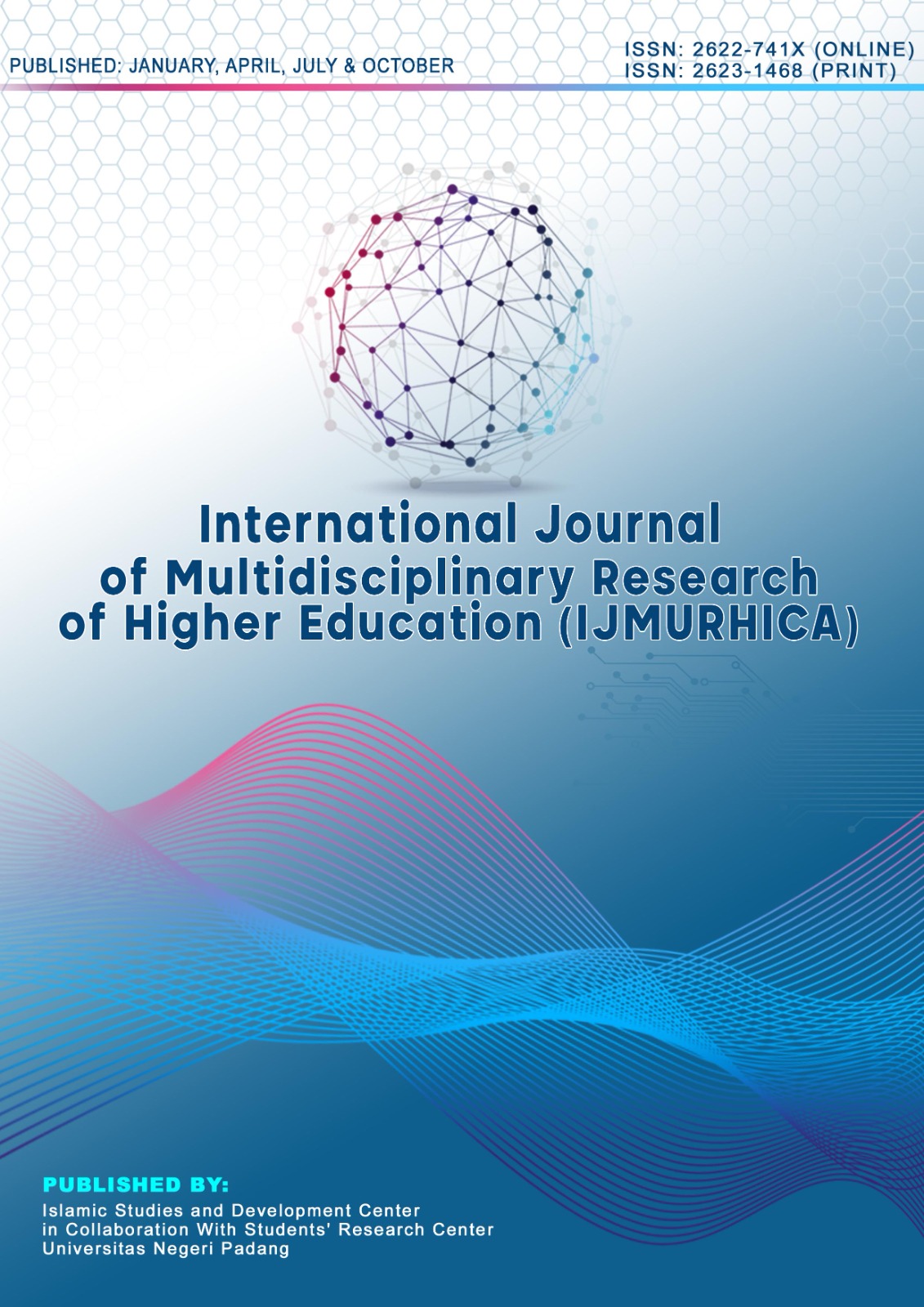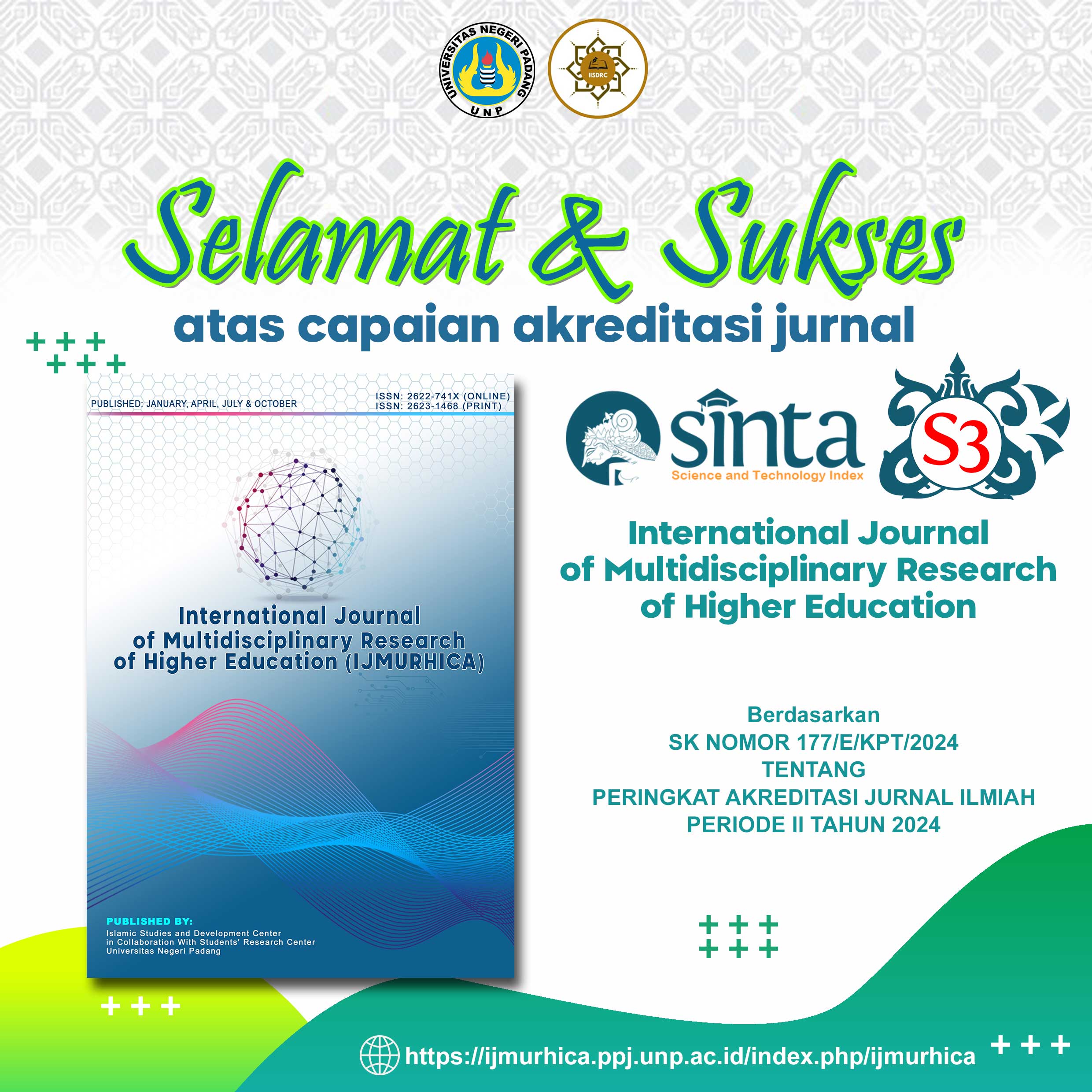Application of FMEA and EOQ Methods in Risk Management Assessment
DOI:
https://doi.org/10.24036/ijmurhica.v8i4.437Keywords:
FMEA and EOQ methods, economical ordering, safety stock, reorder point, agroindustryAbstract
This study aims to optimize the control of agroinput inventory at a company in Indonesia through the integration of Failure Mode and Effects Analysis and Economic Order Quantity, supplemented by safety stock and reorder points. The research design is quantitative-operational, utilizing historical demand data, ordering costs, storage costs per unit per year, unit prices, and supplier lead times. Failure Mode and Effects Analysis is used to identify and rank failure modes in the warehouse based on severity, probability of occurrence, and detectability to form a Risk Priority Number. The risk findings are then mapped to inventory policy parameters: determining the service level that forms the basis for the safety stock level, setting the reorder point, and evaluating the order frequency through Economic Order Quantity. The results show that integrating the two approaches produces more efficient order sizes, reduces unnecessary ordering frequency, and reduces the potential for stockouts on items with high risk Priority Numbers by adjusting safety stock and reorder points based on service levels. A before-and-after comparison also confirms that ordering and carrying costs can be reduced without compromising the availability of critical materials. Managerial implications include establishing standard ordering procedures per item (economic lot size, reorder point, and review period), periodically reviewing ordering and carrying cost parameters, and integrating the Risk Priority Number metric into the inventory control system. This study provides practical contributions to strengthening inventory management in the agro-industry sector.
Downloads
Downloads
Published
How to Cite
Issue
Section
License
Copyright (c) 2025 Galuh Citra Sukma Dwika, Isnaini Harahap, Nurlaila Nurlaila

This work is licensed under a Creative Commons Attribution-ShareAlike 4.0 International License.






